Classification of HPLC Separations by Column Dimensions
The classification of HPLC methods is governed by several factors such as :
- Purpose of separation – identification, quantification or collection of purified fractions
- Available sample size
- Detection efficiency and choice of detector
Based on the available information on the sample and purpose of analysis HPLC methods are classified into the following four basic modes :
- Microbore HPLC
- Analytical HPLC
- Semipreparative HPLC
- Preparative HPLC
Broadly speaking the classification is based on the following parameters :
| Classification | id | Length | Packing size |
Flow rate |
| Millibore | 1-2mm | 15-30mm | 1-3 μm | 1-100μl/min |
| Analytical | 4-0-4.6mm | 150-250mm | 3-5 μm | 0-1-10 ml/min |
| Semi preparative | 10-25 mm | 150-250mm | 10-20 μm | 1-10ml/min |
| Preparative | 25-75mm | 150-250mm | 20-50 μm | 10-200ml/min |
Microbore HPLC

Microbore columns provide the required answers when faced with challenging analytical situations such as limited quantity of sample, need for low eluent consumption, high sensitivity and detection estimations.. Due to low flow rates microbore columns can be used for mass spectrometry detection in LC/MS applications.
Analytical HPLC

Majority of academic and industrial applications involve use of analytical HPLC columns. In such situations sample is available in sufficient quantity (pg-ng levels) to meet the analysis requirements. Objective of analytical separations is qualitative identification followed by quantitative estimations. Common HPLC detectors such as UV, RI, Conductivity, Electrochemical,etc provide satisfactory results in analytical separations.
Semi Preparative HPLC
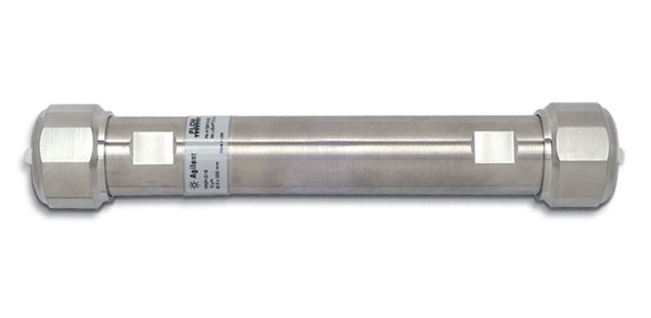
As you move from analytical to semi preparative mode sample quantities range between μg-mg levels. The id of the column also gets larger. The technique is used for mainly separation and fractional collection of component of pure sample components..
Preparative HPLC
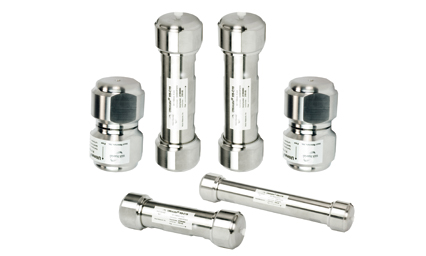
Preparative separations are aimed at isolation and laboratory scale preparation of components of the sample. Isolation can be done in mg-gm levels. The columns are much more broader. Operational cost is significantly higher than other conventional separation methods so it is used for isolation of rare or expensive products such as ultrapure standards, trace impurities, metabolites and biological materials such as peptides
In the coming time advancements in column packings and instrumentation will lead to more efficient and time-saving identification, quantification and separations but it seems unlikely that there will be further changes in the column dimension based classification.
Please do leave your comments and suggestions on the topic covered.

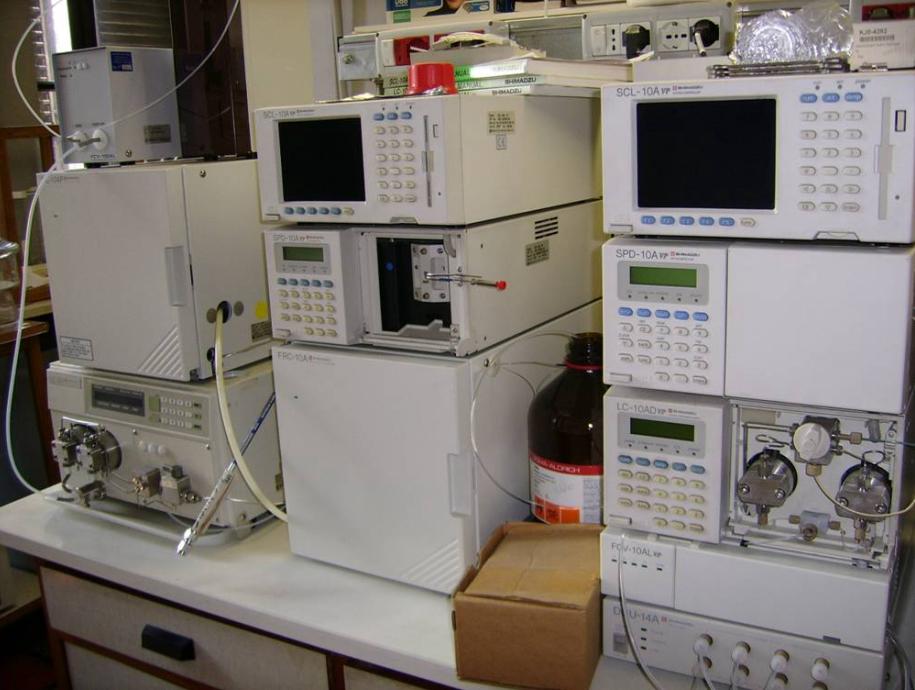
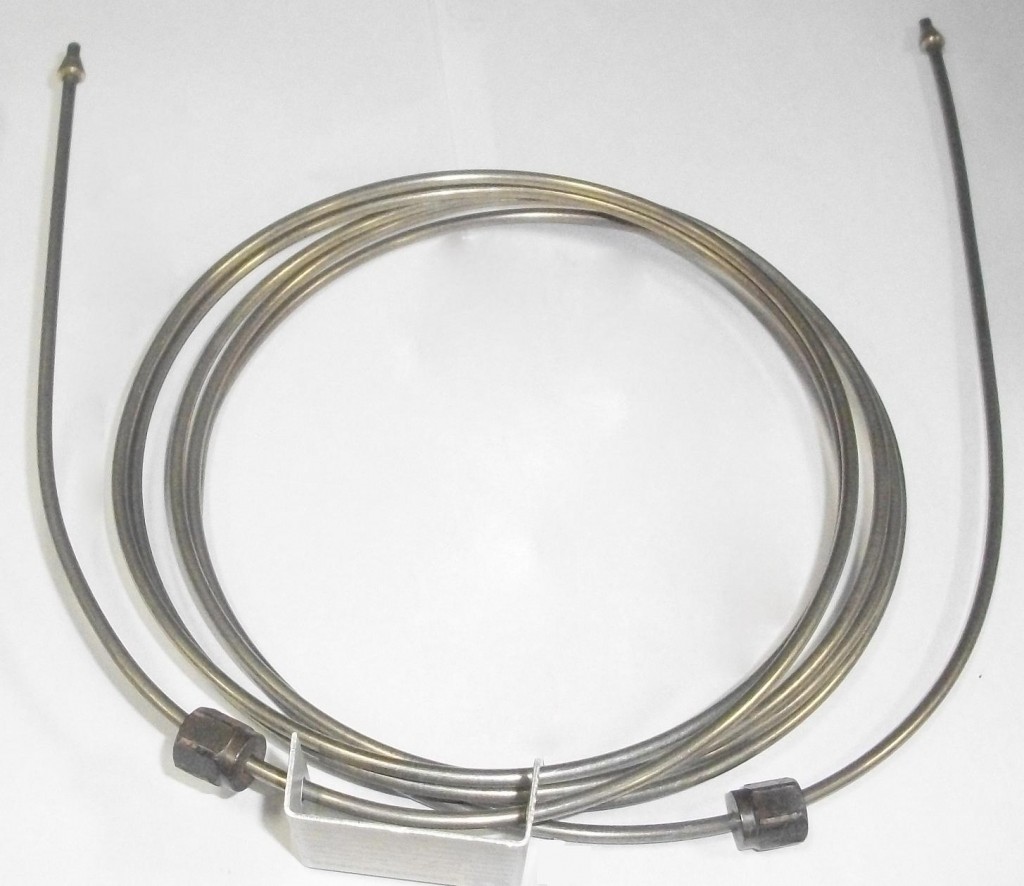
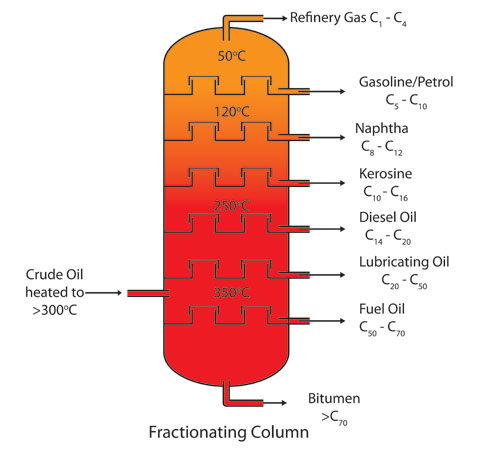


what is the most appropriate C18 columns for HPLC Analysis of spices using UV detector and isocratic separation.
Dear Bamgbola,
I would like to offer my suggestions but first I would like to know what are your target compounds which you wish to determine in pulses using HPLC. Please feel free to contact me also on my mail id [email protected].
regards